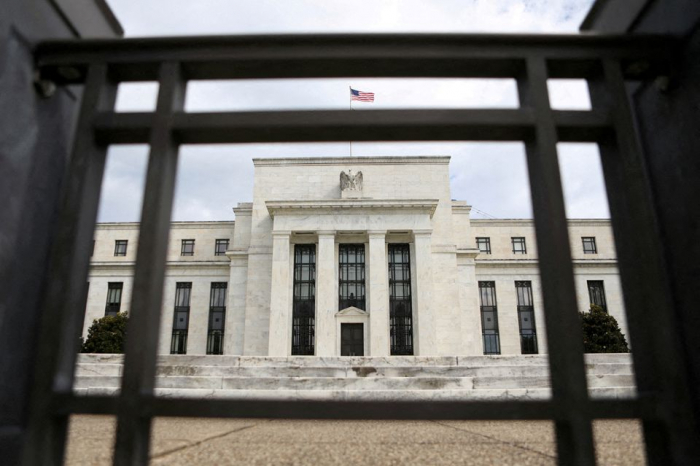Federal Reserve officials are likely to hit a key milestone this week with an interest rate hike that effectively ends pandemic-era support for the U.S. economy and begins to test whether growth can continue without the central bank's active help.
The Fed is expected to raise its benchmark overnight interest rate by three-quarters of a percentage point to a target range of 2.25% to 2.50% at the end of a two-day policy meeting on Wednesday. That would match the high hit before the COVID-19 pandemic and lift rates to a level officials see as roughly "neutral," or no longer supporting the economy, over the long run.
With that benchmark in view, the debate shifts to questions that will determine whether the economy can avoid a recession in coming months: How low will inflation need to fall before Fed officials conclude it is under control? How high will rates need to rise for that to happen? And how much of a cost will be paid in terms of slower economic growth and rising joblessness?
Fed officials coalesced behind aggressive rate hikes as they watched inflation accelerate this year. But there is little precedent for the moment they now face, and little clarity on how monetary policy will be set once inflation begins to ease and as they begin to interpret the outlook differently.
More about:
















































